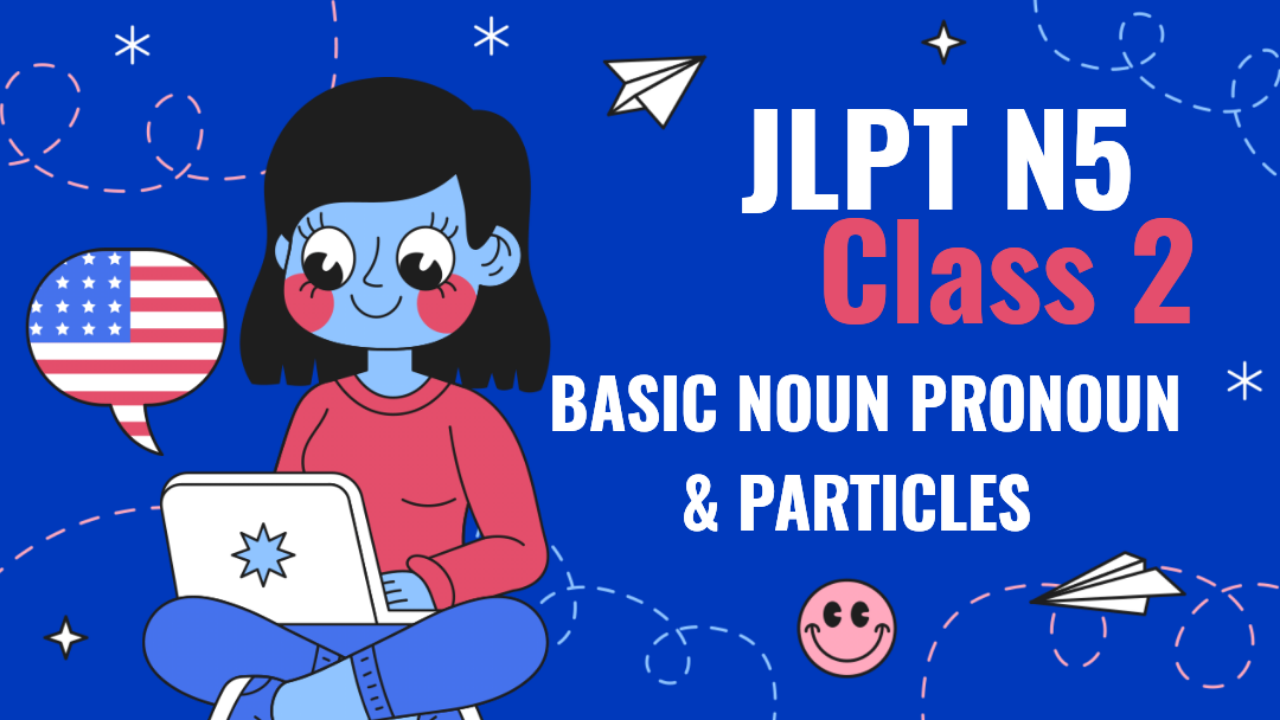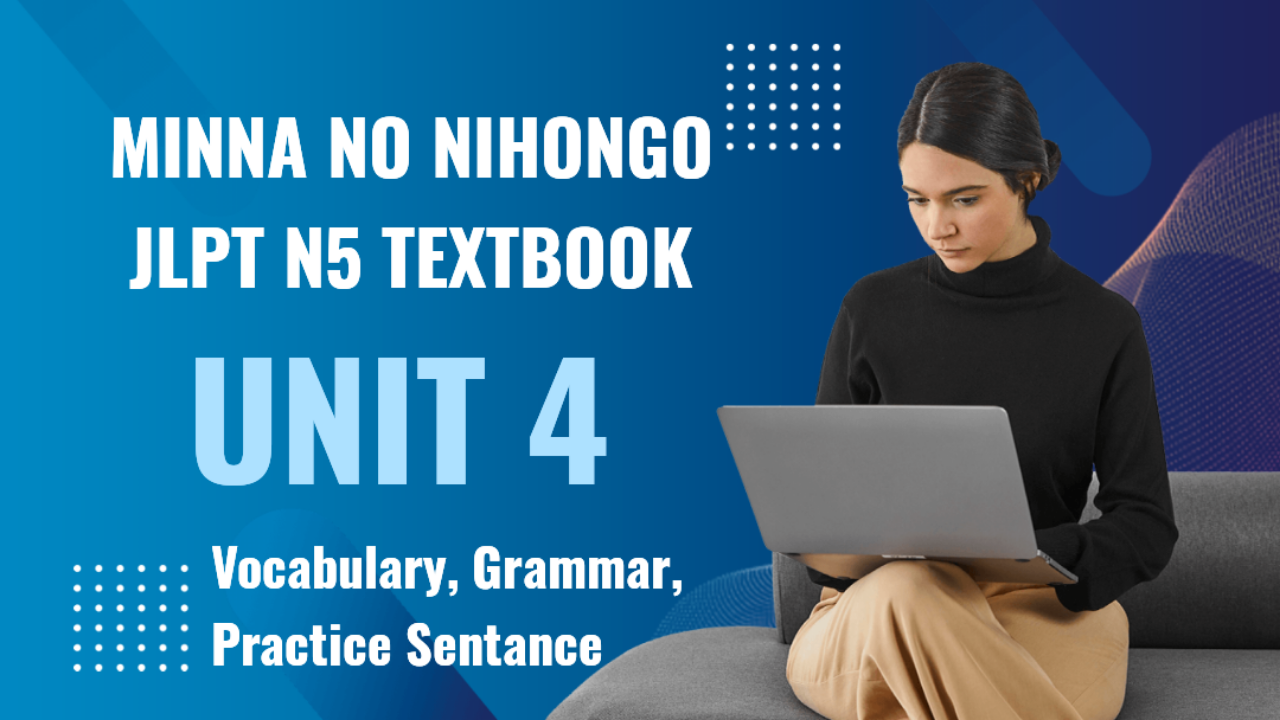Complete Guide to the JLPT N5 Syllabus
The Essential First Step in Japanese Language Proficiency
The JLPT N5 is the entry-level exam in the Japanese Language Proficiency Test (JLPT) series, designed to assess your foundational understanding of the Japanese language. It’s the perfect start for beginners aiming to gain fluency in Japanese. In this post, we will provide a comprehensive breakdown of the JLPT N5 syllabus to guide you on your journey. Let’s dive into what you need to cover and focus on for successful exam preparation.
1. Vocabulary (語彙)
Vocabulary knowledge is a key component of the JLPT N5 syllabus. At this level, you are expected to understand and use around 800-1000 words in both written and spoken contexts. Here’s a breakdown of vocabulary types:
- Nouns (名詞): Basic everyday objects, places, time expressions, and frequently used items.
- Verbs (動詞): Common verbs in both their dictionary and basic conjugated forms (such as masu-form and te-form).
- Adjectives (形容詞): Simple adjectives, such as i-adjectives and na-adjectives, like 大きい (big), 新しい (new), 好き (like).
- Particles (助詞): Fundamental particles that connect words and sentences, such as が, は, を, に, で.
2. Grammar (文法)
Understanding grammar is crucial to passing the JLPT N5 exam. The syllabus includes simple sentence structures and grammatical patterns you’ll need to recognize in various forms, including:
- Basic Sentence Structure: Subject-Object-Verb (SOV) sentences.
- Example: 私はパンを食べます (I eat bread).
- Conjugation of Verbs: Knowing how to conjugate verbs in masu-form, plain form, and polite form.
- Example: 見る (to see), 見ます (I see), 見ません (I don’t see).
- Adjective Conjugation: Understand how to conjugate adjectives based on tense and negation.
- Example: 新しい (new), 新しくない (not new).
- Basic Question Forms: Asking simple questions using か and other interrogative words like 何 (what), 誰 (who), いつ (when).
- Example: これは何ですか? (What is this?)
3. Kanji (漢字)
At the JLPT N5 level, kanji knowledge is basic but essential. You will need to recognize around 100 kanji characters and their readings in various contexts. Focus on the most commonly used characters, including:
- Numbers (一, 二, 三)
- Everyday terms (日, 口, 学, 先)
- Verbs and common actions (行, 来, 見, 食)
- Time expressions (年, 月, 週, 時)
For a detailed list of JLPT N5 kanji, refer to our JLPT N5 Kanji Practice Guide.
4. Listening Comprehension (聴解)
The JLPT N5 listening section tests your ability to comprehend basic conversations spoken in everyday Japanese. You will need to understand short dialogues or instructions at a slow pace. Listening skills include:
- Simple conversations about daily activities.
- Instructions regarding basic directions and simple tasks.
- Expressions of politeness and greetings (こんにちは, ありがとうございます).
Key tip: Practice listening to native speakers by watching Japanese TV shows or listening to podcasts in slow Japanese to get accustomed to the language.
5. Reading Comprehension (読解)
The reading comprehension section evaluates your ability to understand basic texts, such as short passages or simple information about familiar topics. Expect:
- Basic sentences involving daily activities.
- Short passages on hobbies, weather, or personal experiences.
- Reading schedules or menus to grasp the core information.
Focus on reading short, simple texts in hiragana, katakana, and basic kanji for effective practice.
6. Hiragana & Katakana (平仮名 & 片仮名)
Mastering both hiragana and katakana is fundamental for the N5 exam. Hiragana is used for native Japanese words, while katakana is mainly for foreign loanwords. You’ll need to:
- Read and write the 46 basic characters in each syllabary.
- Be able to recognize combination sounds and long vowels (e.g., きょう (kyou), ケーキ (cake)).
Reference Material
For more information on JLPT N5 grammar, vocabulary, and practice material, visit Get Help Online. This website provides a range of study materials, including mock tests and tips for improving your Japanese proficiency.
Final Thoughts
The JLPT N5 is the perfect entry point to begin your Japanese learning journey. With dedicated practice in vocabulary, grammar, kanji, and listening comprehension, you will build a strong foundation in the language. Be sure to practice regularly with mock tests and online resources to reinforce your skills.
By following the guidelines in this post, you’ll be well on your way to acing the JLPT N5 exam. Good luck with your studies!
For detailed guides on individual sections, visit GetHelpOnline.





















